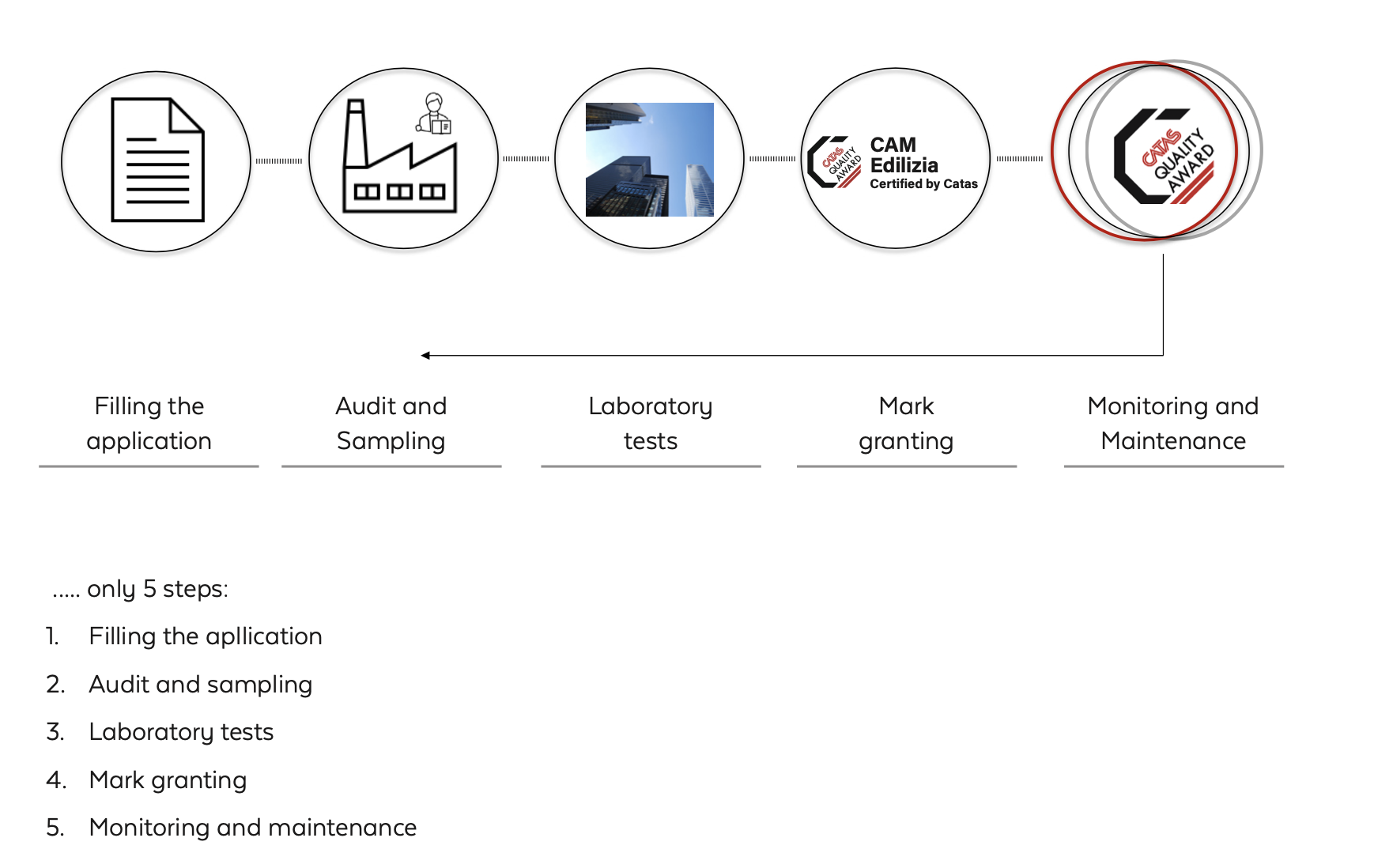
It had been talked about for some time.
Numerous roughly official drafts had stimulated countless discussions, in-depth conferences and heated debates between those involved in their definition.
At last, the publication.
We are talking about the
Criteri Ambientali Minimi (Minimum Environmental Criteria) which, let us remember, are the requirements defined by the Ministry of Ecological Transition and direct the choices of the Italian Public Administration on more sustainable products and services in tune with the principles and models of community development for a cleaner and more competitive Europe.
In the Gazzetta Ufficiale No. 183 of 6/8/2022, the Decree of the Ministry of Ecological Transition of 23 June 2022 on the 'Criteri Ambientali Minimi for the entrusting of design services for building interventions, for the entrusting of works for building interventions and for the joint entrusting of design and works for building interventions' is published.
Two days later, in the Gazzetta Ufficiale No. 184 of 8/8/2022, the Decree of 23 June 2022 of the same Ministry is published with the 'Criteri Ambientali Minimi for the entrusting of the service of supply, rental and life extension of interior furniture'.
The new Criteria will enter into force on 4th and 6th December 2022 respectively, 120 days after publication in the Gazzetta.
For an in-depth look at the new Minimum Environmental Criteria for interior furniture, we invite you to read our article 'The New Furniture CAMs',
which can also be downloaded here.On the other hand, regarding
CAM Edilizia, the most relevant news for us is that one of the CATAS QUALITY AWARD certifications, the
'CQA CAM Edilizia’ is considered valid for the purpose of demonstrating
compliance with the reduced emission of volatile organic compounds from building materials such as: wood flooring, wood-based panels, suspended ceilings and interior/exterior wall coverings with solid wood elements.
Which are “CQA CAM Edilizia” requirements?
In addition to
providing building CAM compliance, this certification is
a useful tool for improving the air quality of bordered spaces, providing greater safety in working and living environments. In addition, it is
an efficient tool to ensure continuous low VOCs (Volatile Organic Compounds)
emissions from a product by being a combination of product testing and processes and emission parameters monitoring.
Just one example, for CAM compliance, the emission value of Total Volatile Organic Compounds from a sample must be less than 1,500 mg/m3.
Total VOCs is not the only parameter considered: the complete list, adopted from the published CAM criteria, is specified in the Technical Rules for Certification and includes 14 substances, the emission of which is measured by sampling the air leaving the 'test chamber' after 28 days of sample permanence.
For info:
Daniele Bergamasco
0432 747249
bergamasco@catas.comRemember: getting certified is easy....


 It had been talked about for some time.
It had been talked about for some time.